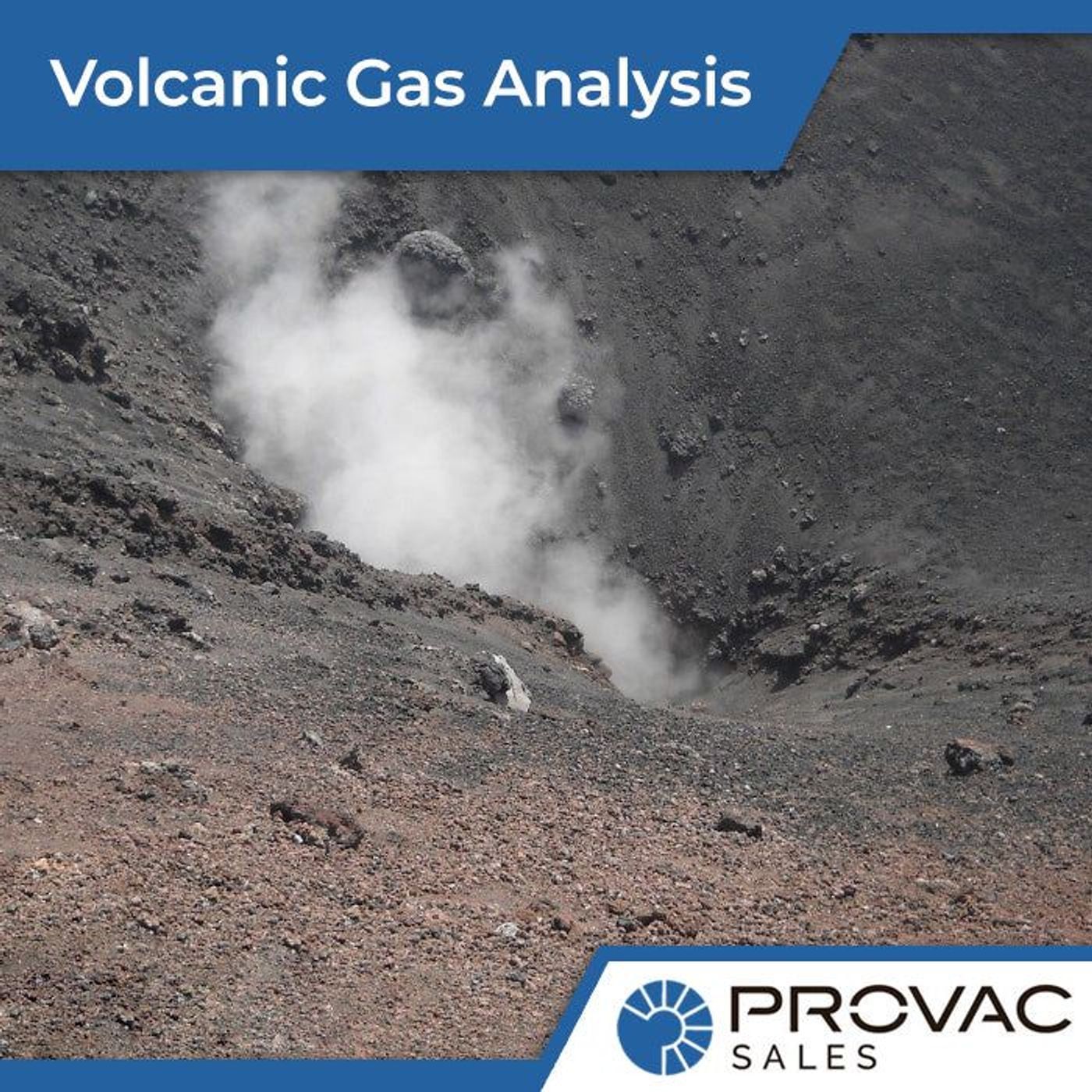Some of the machines used earlier, such as quadrupole MSs and magnetic sector with turbomolecular vacuum pumps were not as effective as modern-day vacuum pumps because they used a non-evaporable getter-ion pumped vacuum and auto-resonant ion trap MS that ran on low power. The pump could only operate at a maximum power of 25W, which wasn’t enough to detect the gases available for analysis from volcano eruptions.
On the other hand, the latest vacuum pumps use the ratiometric mass spectral response that combines total pressure measurements of different gases, thus providing accurate data for further analysis. It allows scientists to generate data in real-time and helps them figure out the composition of volcanic gases accurately.
Monitoring volcanic gases using vacuum pumps
Over the years, scientists have used various monitoring techniques to identify different volcanic gases. These techniques rely on the laws of geochemistry and geophysics to ensure that the information gathered is 100% accurate. The advent of vacuum pumps made it easier to determine the types of gases and analyze them because they can study the magma movement taking place in the volcano’s interior.
In addition to using the vacuum pump to study the volcano’s vibrations, scientists also use the pump for gas sampling. They take samples of gas at different temporal scales and compare them based on various factors, such as seismicity monitoring, earthquake probability, the tilt of tectonic plates, and ground temperature. Studying these factors allows scientists and geologists to predict upcoming eruptions, thus providing information beforehand to people living nearby to stay safe and not come out of their houses before and after the eruption takes place.
Crucial findings from vacuum pump reports
One of the most crucial findings that came out after a detailed analysis of volcanic gases is that volcanoes mainly emit water vapor, SO2, CO2, and H2S. The vacuum pump readings indicated that volcanoes also release gases like carbon monoxide, methane, hydrofluoric acid, hydrochloric acid, helium, and hydrogen. Many geologists also believe that volcanoes experience SO2 flux and this was possible due to the working mechanism of vacuum pumps.
However, the vacuum pump isn’t the only machine used in analyzing volcanic gases. Instrumental monitoring also involves using time-of-flight mass spectrometry and infrared sensors in tandem with vacuum pumps. While vacuum pumps help in extracting gases from volcanoes, infrared sensors identify different gases. In addition to time-of-flight mass spectrometry and infrared sensors, some geologists also use a diode laser that works based on situ spectrometer principle.
The vacuum pump, together with the other machines, continuously monitors the water vapor concentrations and CO2 concentrations from different active volcanoes. While multiple instruments had been used earlier to determine similar gases, they couldn’t provide an accurate measurement because the machines couldn’t retain the gases they captured. Thanks to vacuum pumps, it’s now possible to retain the gases for as long as you want. This is because of the pump’s suction pressure and ability to maintain atmospheric pressure at a given temperature.
Why use vacuum pumps for volcanic gas analysis?
Volcanic gases contain both organic and inorganic compounds that geologists need to find out to understand magma movements better. Some of the reasons why vacuum pumps are essential for volcanic gas analysis are as follows:
- Continuous monitoring of volcanic gases and magma movements
- Geologic and inorganic materials available in volcanic gases
- Availability of volatile organics
- Presence of environmental gases, such as CO2, SO2, and underwater gases if any
- Process monitoring, such as steel, petroleum, and industrial gases
Techniques that help vacuum pumps
- Gas chromatography – It requires a larger sample to ensure that the pump can successfully provide as much gas as required for detailed analysis. It also has a greater capability for compound identification, thus allowing geologists and scientists to figure out which gases are responsible for erupting volcanoes.
- Liquid chromatography – It measures less volatile gases and larger molecular weight of different types of gases.
Limitations in analysis
Analyzing volcanic gases isn’t easy. Even though vacuum pumps make the process easier, geologists still have to deal with a few limitations.
- Reactive gases make it difficult to detect the different types of gases.
- Measurement speed, mass resolution, and target detection limits should always match with the pump’s capabilities.
- It may become impossible to resolve complex mixtures.
With vacuum pumps and support electronic systems, volcanic gas analysis is now much easier than before. Scientists are trying to come up with advanced methods where they can make better use of the pumps and identify different gases and their functions in volcanoes.





